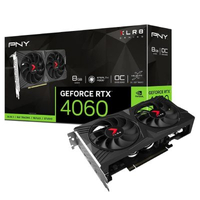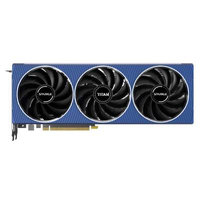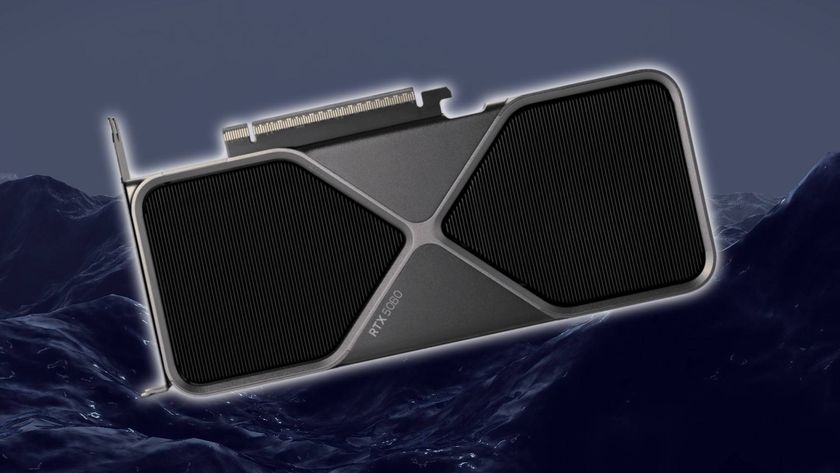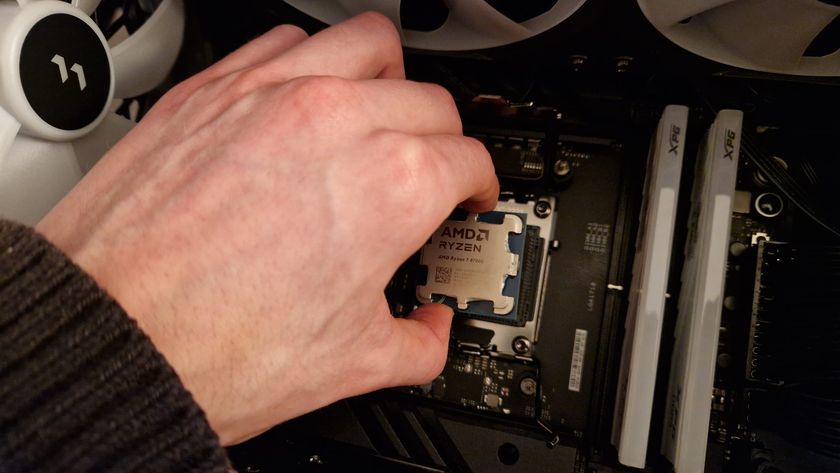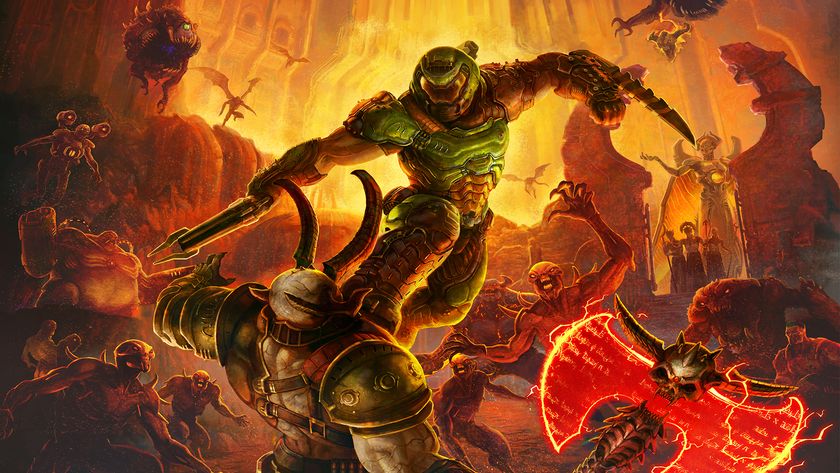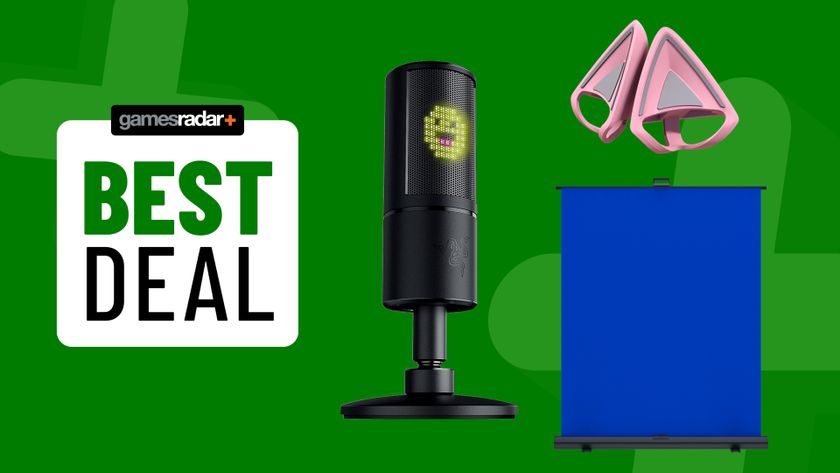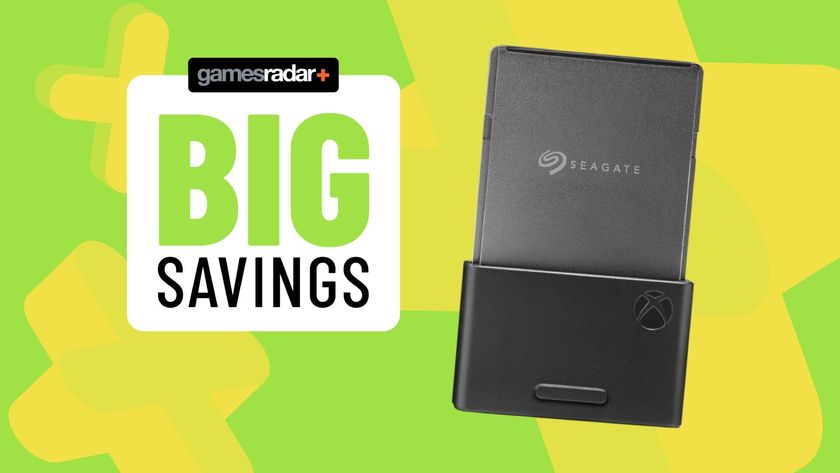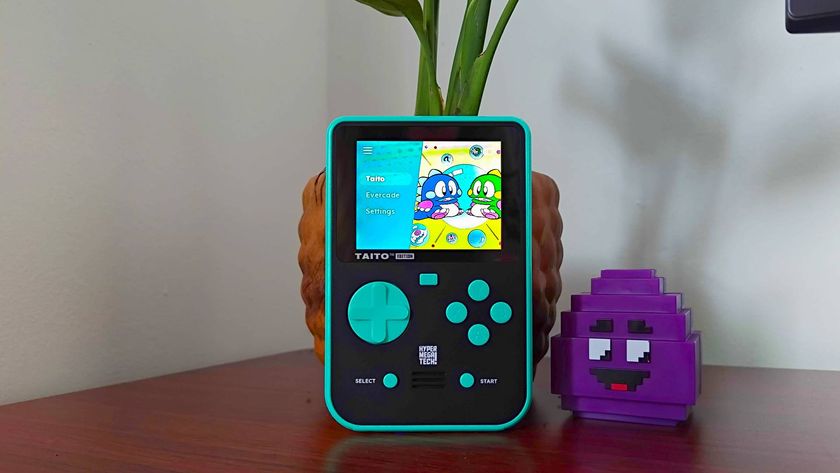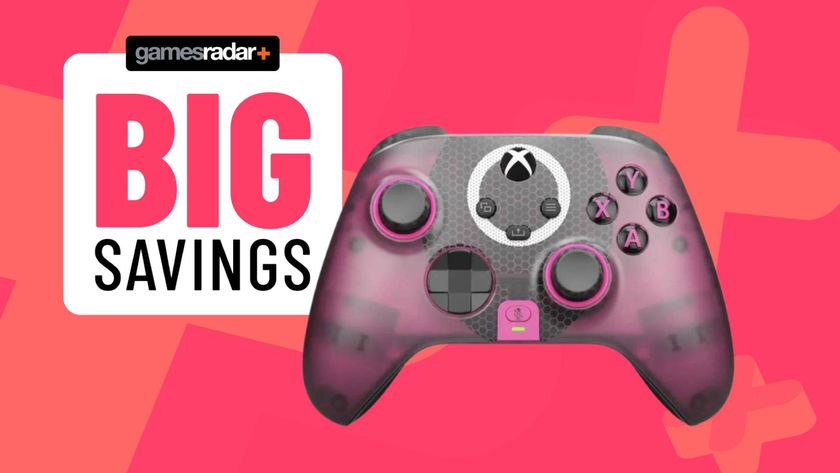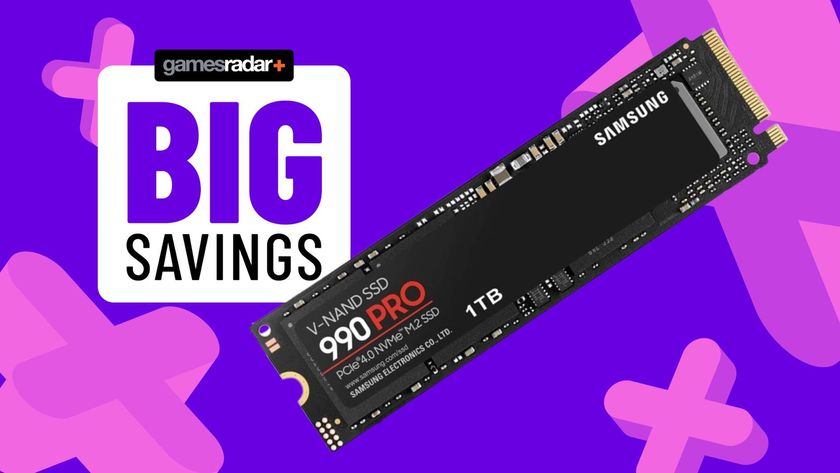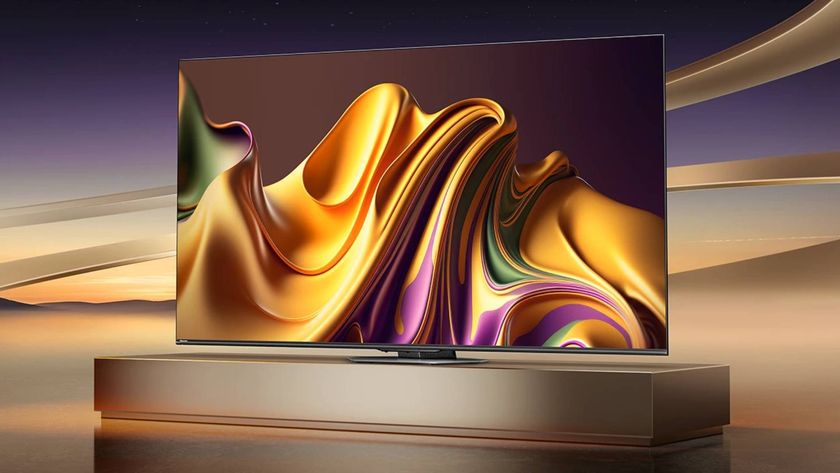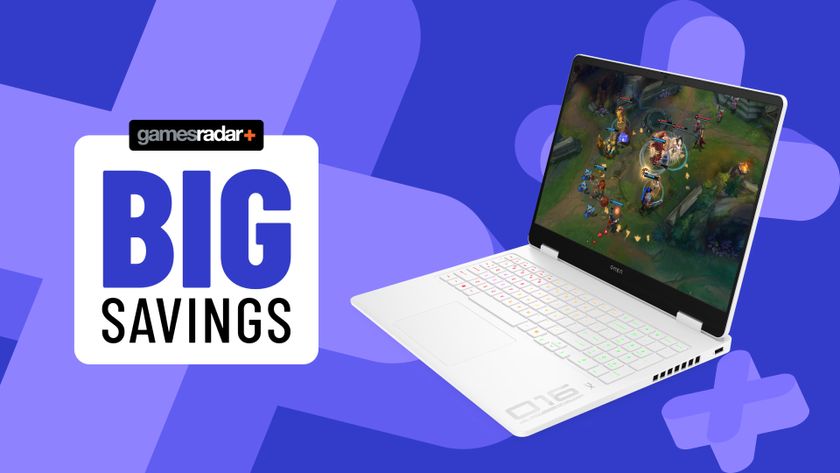I'm still disappointed by graphics card prices ahead of Prime Day, but here's how I'd search for deals
Making the best out a grim GPU situation.
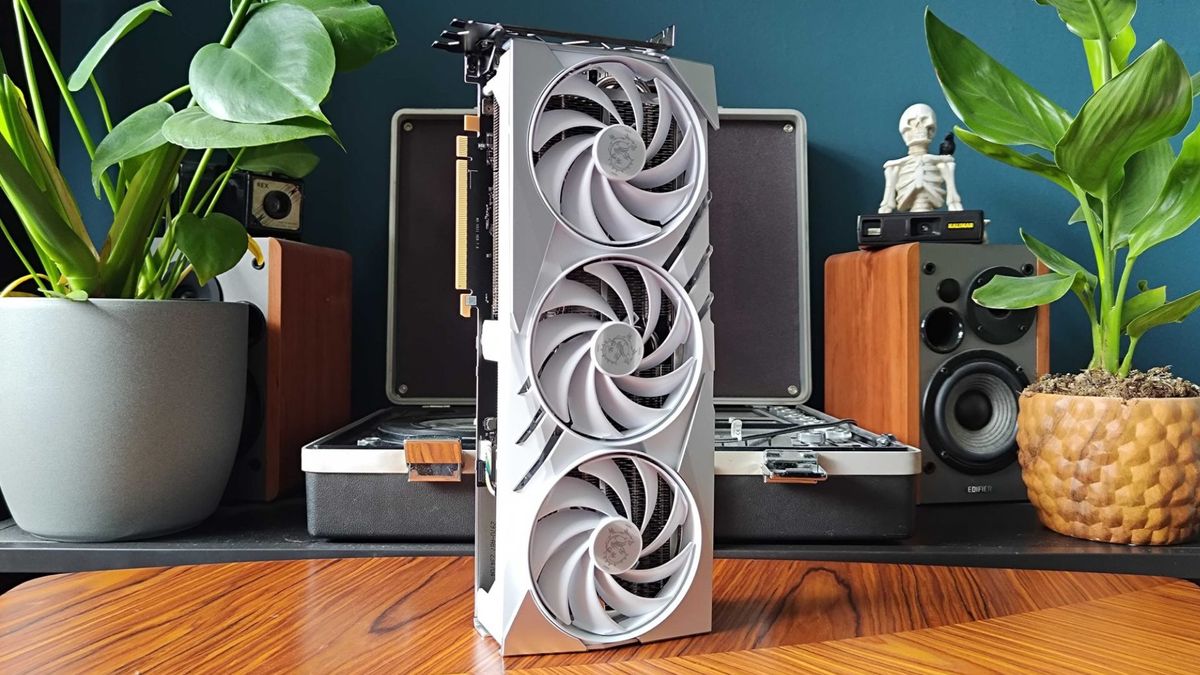
It's no secret that I'm completely unimpressed with graphics card prices right now. Yes, inflation has eased since the turn of the decade, and you can grab some graphics cards at MSRP. But, considering we're on the brink of the next generation of GPUs, I don't think retailers are trying quite hard enough to shift stock. With Prime Day 2, or "Big Deal Days" as Amazon like to call it, on the horizon and Black Friday coming soon after, I thought it'd be a good time to explore how I'd go about hunting for discounts.
Just to clarify, I do think Prime Day and Black Friday graphics card deals will pop up, and I'm holding out for offers on some of the best graphics cards dropping in price. My main beef is with the fact discounts are far slimmer than they used to be, and premium models like the Nvidia GeForce RTX 4090 are just outright allergic to price cuts. Simply put, savings still aren't worth boasting about to your friends and family, which feels silly considering the maturity of this generation during a sale period.
All that aside, there are ways to ensure you get a graphics card for a decent price during Prime Day. Some of my advice will be like teaching enthusiasts how to suck eggs, but I know there will be plenty of you who will benefit from a helping hand this time around. While every bone in my body also wants to say simply don't buy a GPU right now, there will be instances where players need to upgrade or replace an old part. So, here's some tips to make the process that bit easier.
Avoid paying above MSRP
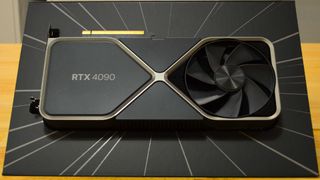
Not to pay above a manufacturer's suggested retail price sounds like a no brainer, but the nature of the graphics card market makes it harder than you'd think. Technically, board partners like Asus, Acer, Gigabyte, PNY, and Zotac can set their own pricing outside of Nvidia or AMD's recommendations, resulting in custom cards that can be a chunk expensive.
PNY GeForce RTX 4060 Gaming Verto | $294.99 at Amazon
An example of a graphics card that's close to Founder's Edition and sits just under MSRP. This is one to watch if you're on a budget this Prime Day and are aiming for 1080p specs.
Buy it if:
✅ You want 1080p performance
✅ You've got an entry-level build
✅ You don't want to overclock
Don't buy it if:
❌ You're aiming for 1440p or 4K
❌ You'd rather invest more in specs
In fairness, some of these GPUs come with more advanced coolers, factory overclocks, and additional perks, so inflated prices do some with some minor extras. My advice would be to stick with as close to the original reference specs of a card as possible, which in turn should mean paying at least below MSRP. If you don't need extra fans for your specific build, aren't fussed about overclocking, or couldn't care less about extra fancy RGB lighting, you've got nothing to lose going for a more basic model.
Check your specs
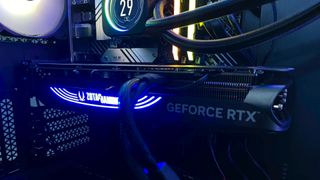
Matching specs is absolutely fundamental when hunting for graphics card deals. The last thing you'll want to do is shove an RTX 4090 in a system with minimal RAM, a pretty old low-spec CPU, and a power supply that isn't up to the task. Doing so will simply result in you spending more to get your system producing appropriate frame rates, so you'll want to narrow down GPUs based on what your system is actually suited to.
I tend to use terms like entry-level, mid-range, and high-end when describing rigs and graphics cards. It's not a perfect form of categorization, but it does help describe some of the GPU options out there in relation to system builds. For example, if you have an entry-level RTX 2060 build from a year years ago, your best best is to stick with the likes of the Nvidia Geforce RTX 4060 since it'll target a similar level of performance with generational improvements.
You'll notice I used Nvidia's classing system there to match up GPUs, something I usually avoid since the green team doesn't stick to its own system half the time. Still, you're theoretically supposed to be able to upgrade using it with minimal other changes to you system, providing your parts have had a refresh at some point in the past decade.
Mind your monitor
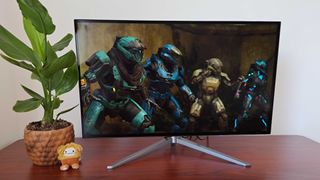
As PC players, monitor resolution has a big part to play in our end experience. There are valid reasons for playing at either 1080p, 1440p, or 4K, and graphics cards are designed with each resolution in mind. I'm a big advocate for playing games at both your screen's native resolution and one your hardware can actually handle, and sticking with that decision making methods may ultimately save you money.
The core idea is this - if you're rocking a 1080p monitor with a standard refresh rate, you'll get more than enough performance out of a RTX 4060 or AMD Radeon RX 7600. Those of you playing at refresh rates over 120Hz, or indeed aiming for 1440p performance will want to look at mid-range models like the RTX 4070 or RX 7800 XT. Can't go without 4K? You'll be waiting to start with the RTX 4070 Ti and Radeon RX 7900 XT.
I'm going to immediately play devil's advocate with my own advice and say that entry-level and mid-tier GPUs can pull off 4K to an extent. I've personally achieved this by dialling back settings and making full use of AI upscaling. The idea behind sticking with specific cards for certain resolutions is that you'll be able to play new games at max settings with zero caveats, something that's extremely appealing when splashing out on a new component. As always, I'd advise checking out our graphics card reviews for a proper look at what each model can achieve.
Think outside the green and red box
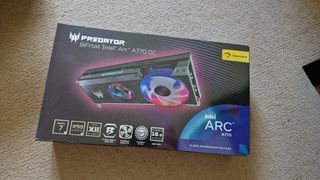
If you head to most retailers and type in "graphics card", Nvidia and AMD options are going to dominate your screen. But, the GPU scene isn't actually a two horse race, as Intel has a range of models that can provide a decent value gaming experience. I'm not talking about anything high-end by any means, as even the flagship Intel Arc A770 is more of an RTX 3060 competitor. Still, The blue team's Alchemist cards are pretty capable and come in at a much lower price by default, and I'm expecting some great discounts over the sale season.
For context, the Intel Arc A750 dropped to just $179 last year, which is a wild price for a new 8GB graphics card with modern 1080p abilities. The Sparkle version of the Arc A770 also ended up dipping to $269.99 from $319 last September, putting other entry-level GPUs to shame with 16GB VRAM.
Sparkle Intel Arc A770 Titan OC Edition |$339.99 $294.72 at Amazon
Save $45.27 - It's not currently at its lowest price, but you'll want to watch for this 16GB graphics card falling back to $269.99 on Prime Day. Ideally, we'll see it reach an even lower price, but it'd still be a good value GPU for a chunk under $300.
Buy it if:
✅ You’ve got a 1440p PC
✅ You'd prefer 16GB VRAM
✅ You want a factory overclock
Don't buy it if:
❌ You'd rather use Nvidia's AI upscaling
❌ You're looking for 4K performance
Keep in mind that while these are what I'd describe as good deals, the cards aren't necessarily better than Nvidia and AMD's current gen equivalents. Intel hasn't really got the whole AI upscaling thing nailed down yet, meaning the likes of the RTX 4060 can run circles around the A770 using DLSS and Frame generation. In fairness, Radeon cards aren't quite at the same level yet either, but FSR 3 can still boost fps more than Intel's XeSS solution.
Looking for more components? Check out the best CPU for gaming, best RAM, and best SSDs for a selection of excellent PC parts.
Sign up to the 12DOVE Newsletter
Weekly digests, tales from the communities you love, and more

I’ve been messing around with PCs, video game consoles, and tech since before I could speak. Don’t get me wrong, I kickstarted my relationship with technology by jamming a Hot Wheels double-decker bus into my parent’s VCR, but we all have to start somewhere. I even somehow managed to become a walking, talking buyer’s guide at my teenage supermarket job, which helped me accept my career fate. So, rather than try to realise my musician dreams, or see out my University degree, I started running my own retro pop culture site and writing about video games and tech for the likes of TechRadar, The Daily Star, and the BBC before eventually ending up with a job covering graphics card shenanigans at PCGamesN. Now, I’m your friendly neighbourhood Hardware Editor at GamesRadar, and it’s my job to make sure you can kick butt in all your favourite games using the best gaming hardware, whether you’re a sucker for handhelds like the Steam Deck and Nintendo Switch or a hardcore gaming PC enthusiast.
